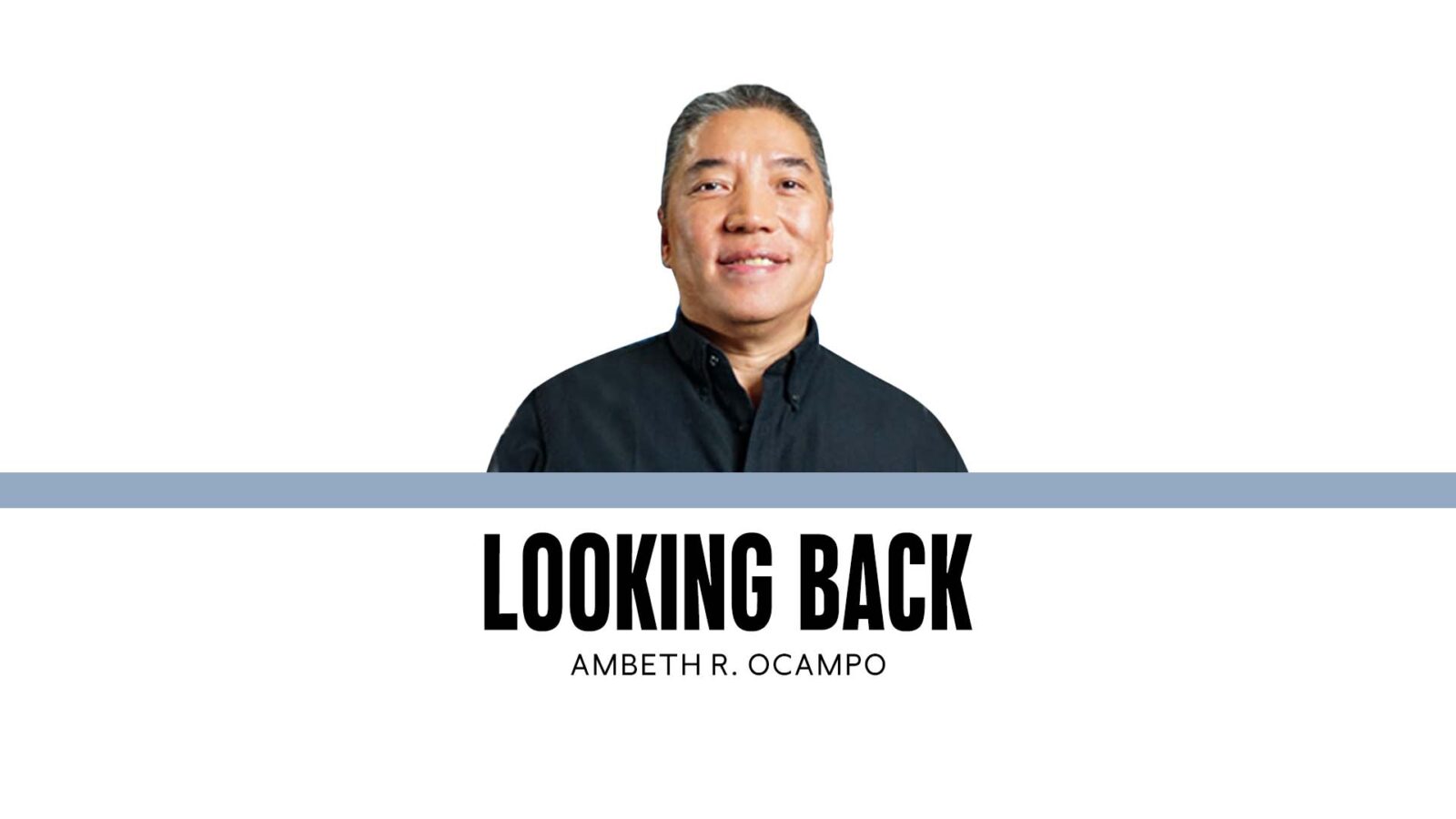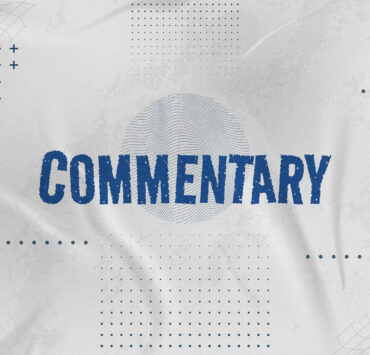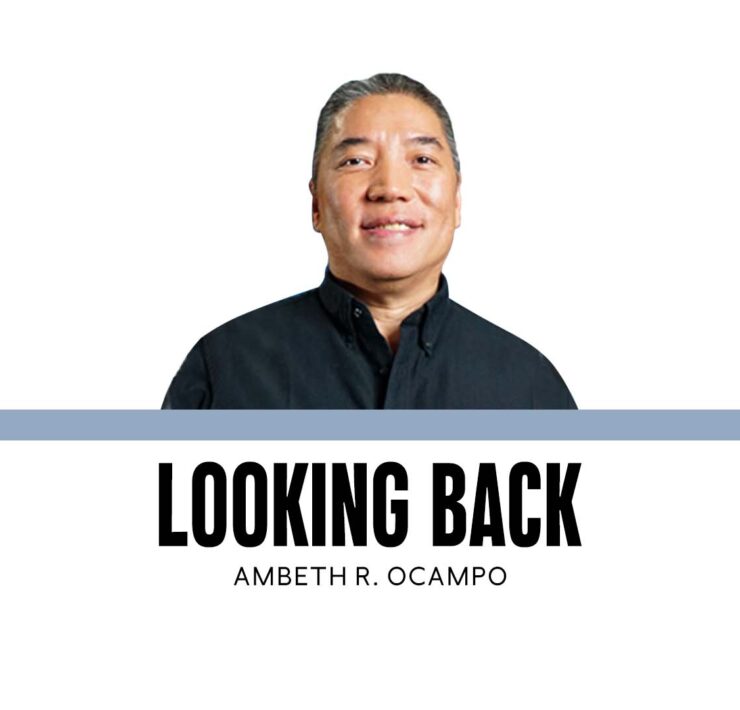AI in the classroom

Every semester, when I go over the syllabus with the class, I hear an audible collective groan when they hear the word “research.” If students were diehard Nazis, they would reach for their guns when they hear the word “library.” I remember that day vividly, when a student confronted me for requiring the class to go to the library and handle physical books. Not everything, I told him, was online. I then reminded him that a lot of reading is required of university-level students. I’m sure students found some of my assignments “Jurassic.” Those who cannot read cursive are triggered by an assignment that requires them to transcribe, translate, and analyze 19th-century notarial documents in archaic Tagalog. Those who persevere actually learn something useless, but are all the more grateful and better for the experience that required teamwork and thinking outside the box.
Research traces its origin to the old French “recherche,” which combines “re (to go back or do again)” and “cerchier (to search).” Having spent a great part of my professional life in libraries, archives, and museums, I have come to appreciate “saliksik,” the Filipino word for research. Saliksik is an old descriptive Tagalog word that means “searching in all the corners of the house.” In the 1832 edition of the “Vocabulario de la lengua tagala” Jesuit compilers Juan de Noceda and Pedro de Sanlucar, provided this usage: “salicsiquin mong hanapin (Look everywhere to find it.)”
Looking back on almost half a century of research, I realize that my current online research is enriched by the habits of mind formed by years of pre-internet exploration. Long before Google was conceived, the search engine of my generation was the library. The first step in research was having a question, the second step was looking for an answer or answers, the third step was writing it up. The journey began with a clunky piece of library furniture—the card catalog. To find the physical location of a book, one had to navigate manually, browsing through a maze of cards arranged alphabetically by author or subject. Call numbers direct you to the exact location of a book on a shelf. Card catalogs have since been replaced by computer terminals, where you can locate any book on the shelves faster than you can say “OPAC” for online public access catalog.
Both systems have the same aim, one is just faster than the other because it skips an important step. Card catalogs and locating books on a shelf develop habits of mind. Sometimes, locating a book is not as significant as the process of finding the book. Sometimes, I would have missed relevant material if I went straight for the book I wanted. Looking at the cards and shelves for related material is always rewarding. Over the years, I have learned to appreciate what Doreen Fernandez described to her freshman term paper class as “the joy of research.”
Now, in the twilight of my academic life, I am looking at the pros and cons of AI in the classroom. Unlike many colleagues, I consider it a tool, not the enemy. It is simply “artificial intelligence,” or an app that mimics the thinking of a human brain. Don’t get me wrong, I do not want to return to the pre-internet age, but I want to explain how the “Jurassic” way of doing things, as my students describe it, tempers and maximizes my use of AI.
When I contemplate all the trees that were sacrificed to make paper and notebooks, the smartphone wins, hands down, as the greener solution. But in my experience, the physical act of copying text on the board or taking down notes from a live lecture and scribbling these on paper involves more than just eye and motor skills. A smartphone can take a photo of a board or screen faster and more accurately than my eye and hand, but what it cannot do is analyze the image for relevance. Note-taking requires processing information to be stored in one’s head. Thinking is multitasking, using the eyes, ears, hands, and brain. A photo of text on a board or screen is but a random image in a sea of images in a photo library. Unless you pull out an image and give it some thought, the text remains unprocessed information. Students come to class, literally better equipped today, armed with gadgets to assist them with school work. However, if, after four years of college, they fail or refuse to develop the habits of mind formed slowly by a humanities curriculum and reading, their degrees are just paper.
When I hear complaints about “grade inflation” and the deluge of Latin honors in the Class of 2025, I just shrug and say that we should not take it against this generation that came of age with Google and the internet. What we should be looking at is not so much the grading system, but the old standards that must be updated for a new generation. When students skip required reading, thinking, and writing as mere “chores” better passed on to AI, their minds retain little, and their brains significantly deteriorate from disuse over the four years of college or K-12. I hope EdCom II will come out with workable solutions to these issues, rather than descriptions of a plague we know about.
—————–
Comments are welcome at aocampo@ateneo.edu
Ambeth is a Public Historian whose research covers 19th century Philippines: its art, culture, and the people who figure in the birth of the nation. Professor and former Chair, Department of History, Ateneo de Manila University, he writes a widely-read editorial page column for the Philippine Daily Inquirer, and has published over 30 books—the most recent being: Martial Law: Looking Back 15 (Anvil, 2021) and Yaman: History and Heritage in Philippine Money (Bangko Sentral ng Pilipinas, 2021).


















Rethinking the Asean power grid